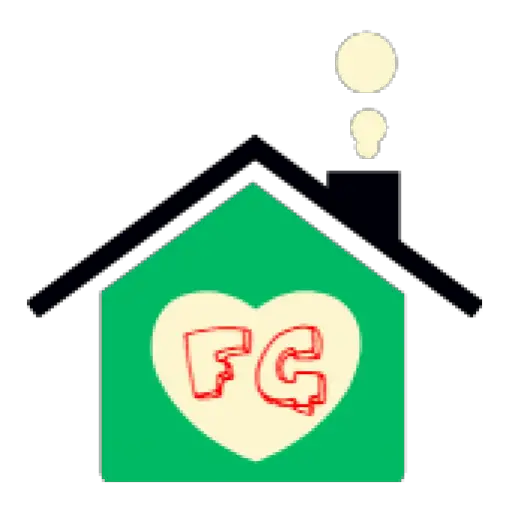The easiest method for removing stubborn scuff marks from floors is to use a mixture of baking soda and water, gently scrubbing with a soft cloth.
Scuff marks on floors can ruin the look of any room. Whether from shoes, furniture, or pets, these marks make floors look dirty and worn. The good news? You don’t need harsh chemicals or expensive cleaners to remove them. Simple household items can restore your floors to their original shine.

Why Scuff Marks Happen
Scuffs occur when something rough slides across the floor surface. Common causes include:
- Shoes with rubber soles
- Moving furniture without protection
- Pet claws
- Children’s toys
The type of floor determines how easily scuffs appear and how hard they are to remove. For example, engineered wood floors may show scuffs differently than tile or laminate.

Simple Household Solutions
The Tennis Ball Trick
A clean tennis ball works wonders on scuff marks. The fuzzy surface acts as a gentle abrasive. Simply rub the ball over the mark using light pressure. For hard-to-reach spots, cut a small hole in the ball and attach it to a broom handle.
Pencil Eraser Method
A standard pink eraser can remove light scuffs. Rub the eraser directly on the mark. The eraser shavings will lift the scuff away. This works well on polished concrete floors and other smooth surfaces.
Baking Soda Paste
Mix baking soda with water to form a thick paste. Apply it to the scuff and gently rub with a soft cloth. The mild abrasive action removes marks without scratching. Wipe clean with a damp cloth afterward.
Commercial Products That Work
For tougher scuffs, these store-bought solutions can help:
| Product | Best For |
|---|---|
| Magic Eraser | Light-colored floors |
| Goo Gone | Sticky residue |
| WD-40 | Rubber marks |
Always test cleaners in an inconspicuous area first. Some products may damage certain floor finishes.
Preventing Future Scuffs
Stop scuffs before they happen with these tips:
- Place mats at all entrances
- Use furniture pads under legs
- Establish a no-shoes policy indoors
- Trim pet nails regularly
For homes with pets, The Spruce recommends using rugs in high-traffic areas to protect floors.
When to Call a Professional
Some situations require expert help:
- Deep scratches that expose raw wood
- Large areas of damage
- Floors with special finishes
- When DIY methods don’t work
According to Bob Vila, professionals can refinish damaged areas to match your existing floor.
Special Considerations by Floor Type
Hardwood Floors
Use gentle methods to avoid damaging the finish. Baking soda paste works well, followed by a wood cleaner.
Laminate Floors
Avoid excess moisture. Try dry methods first like erasers or tennis balls.
Tile Floors
Most scuff removal methods work on tile. A magic eraser often does the trick.
Vinyl Floors
Use mild cleaners to prevent discoloration. WD-40 works well for rubber marks.
Regular cleaning and prompt attention to scuffs will keep your floors looking their best. With these simple methods, you can maintain beautiful floors without expensive treatments.
